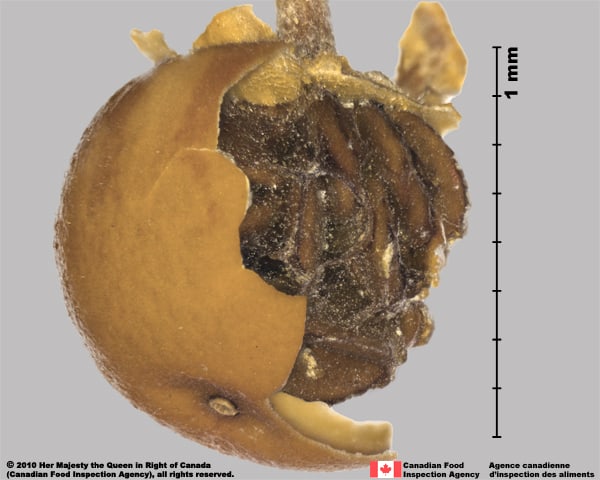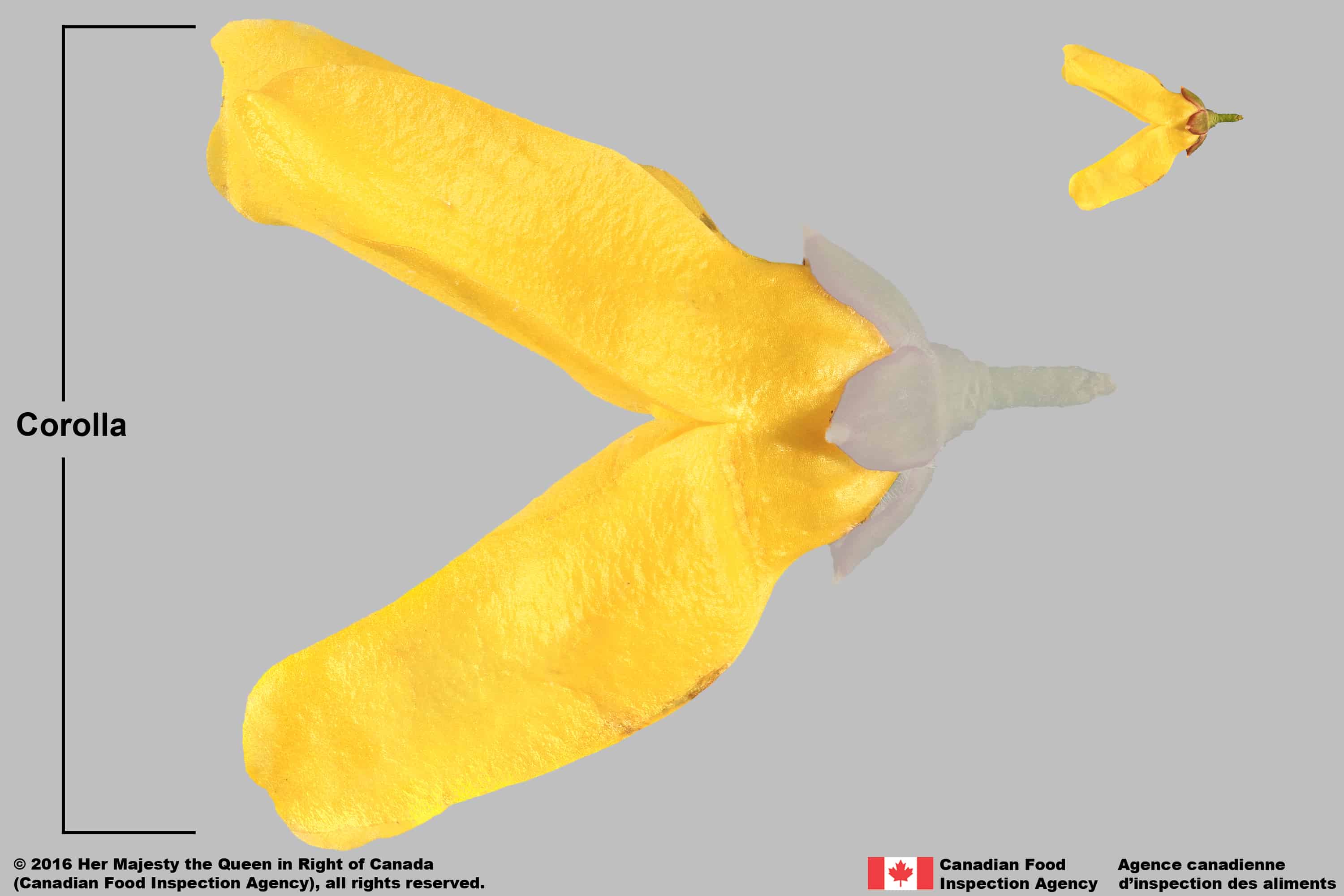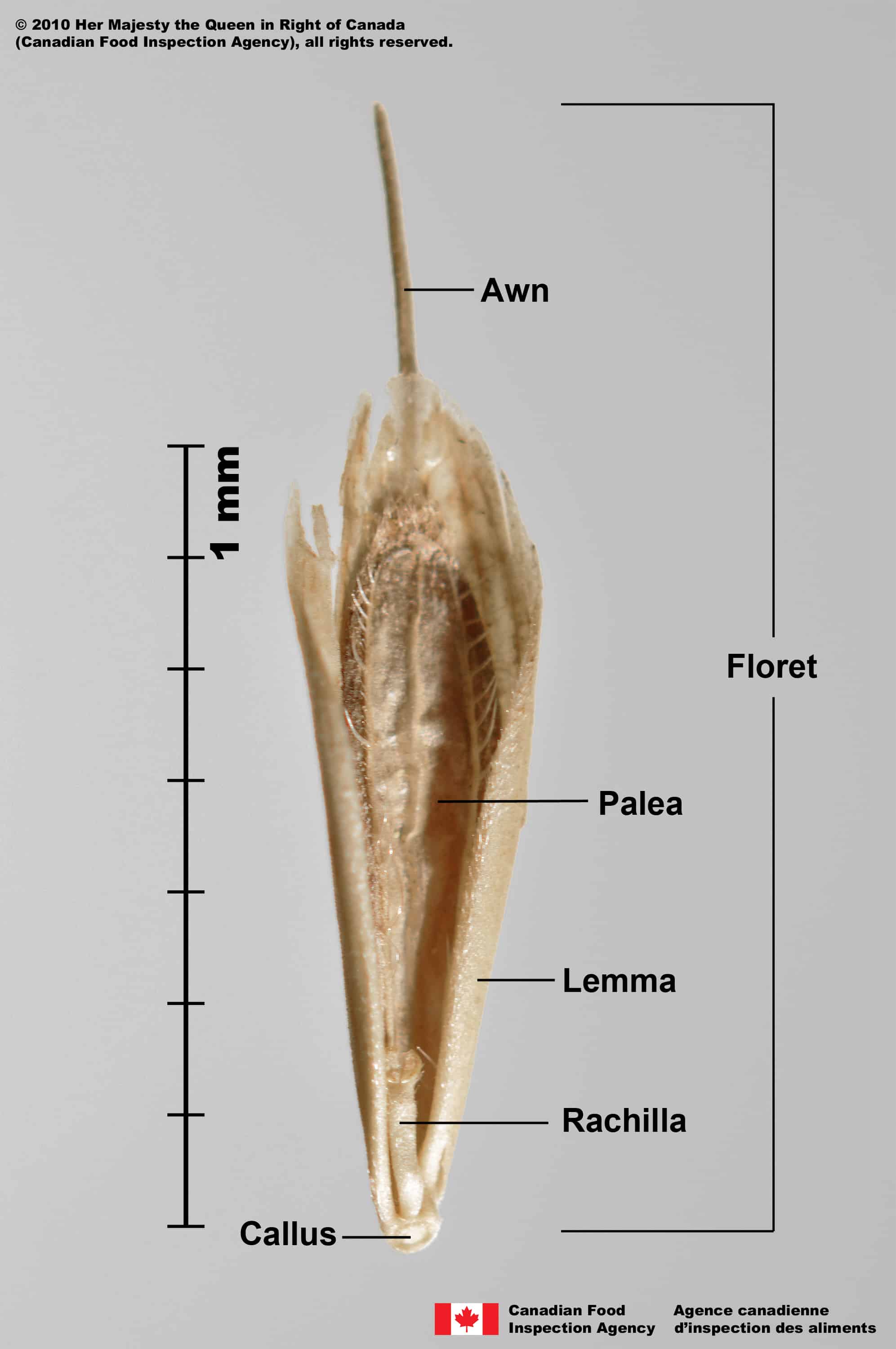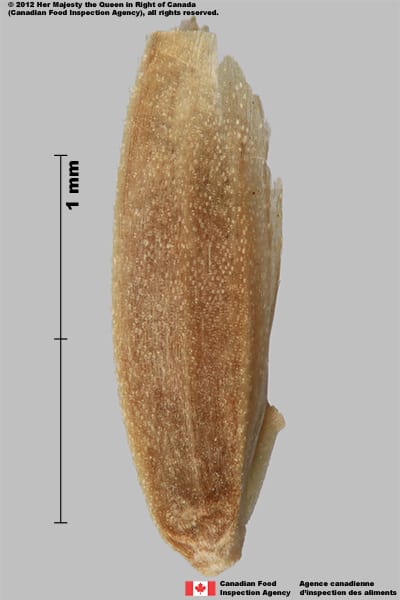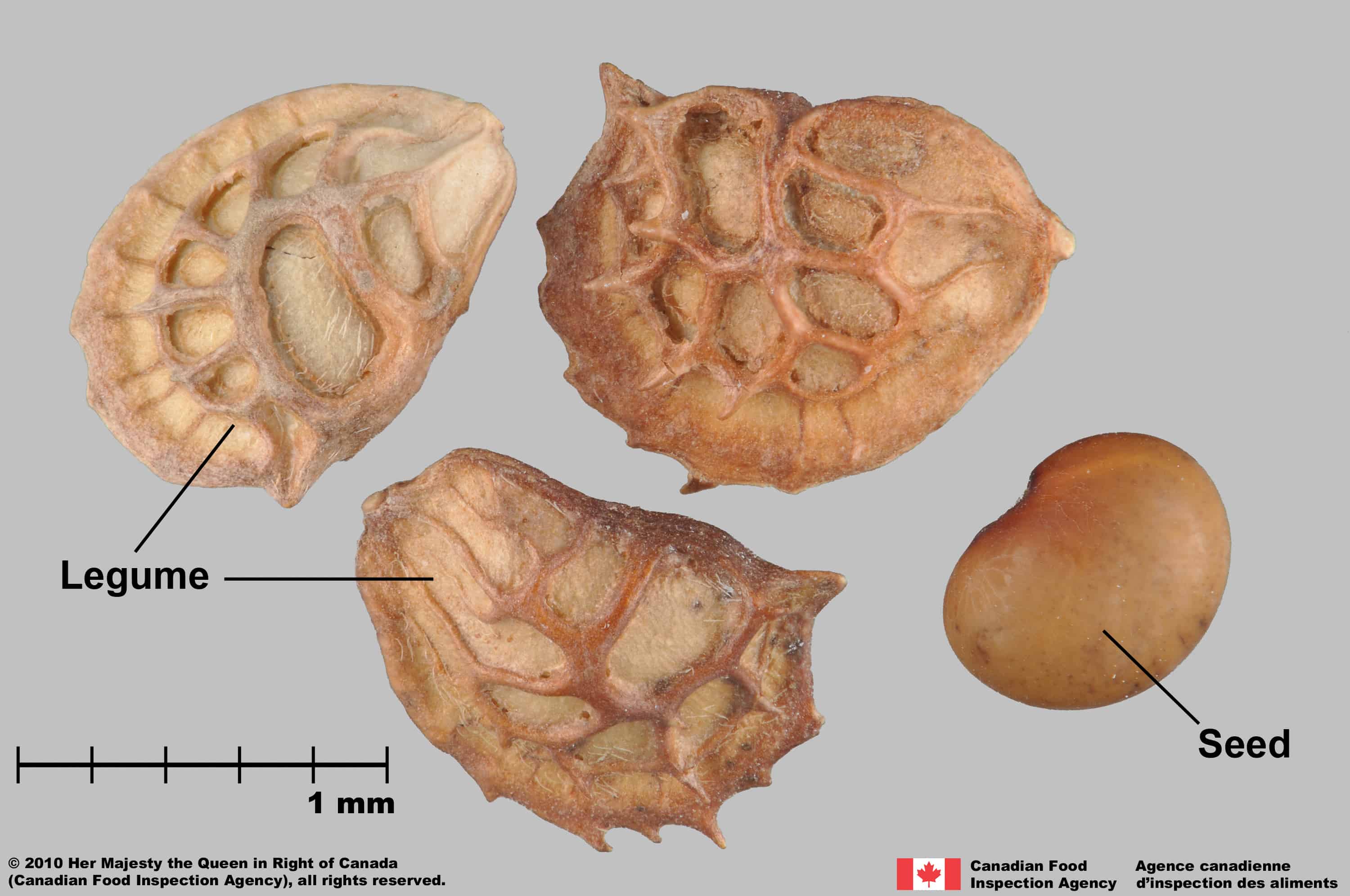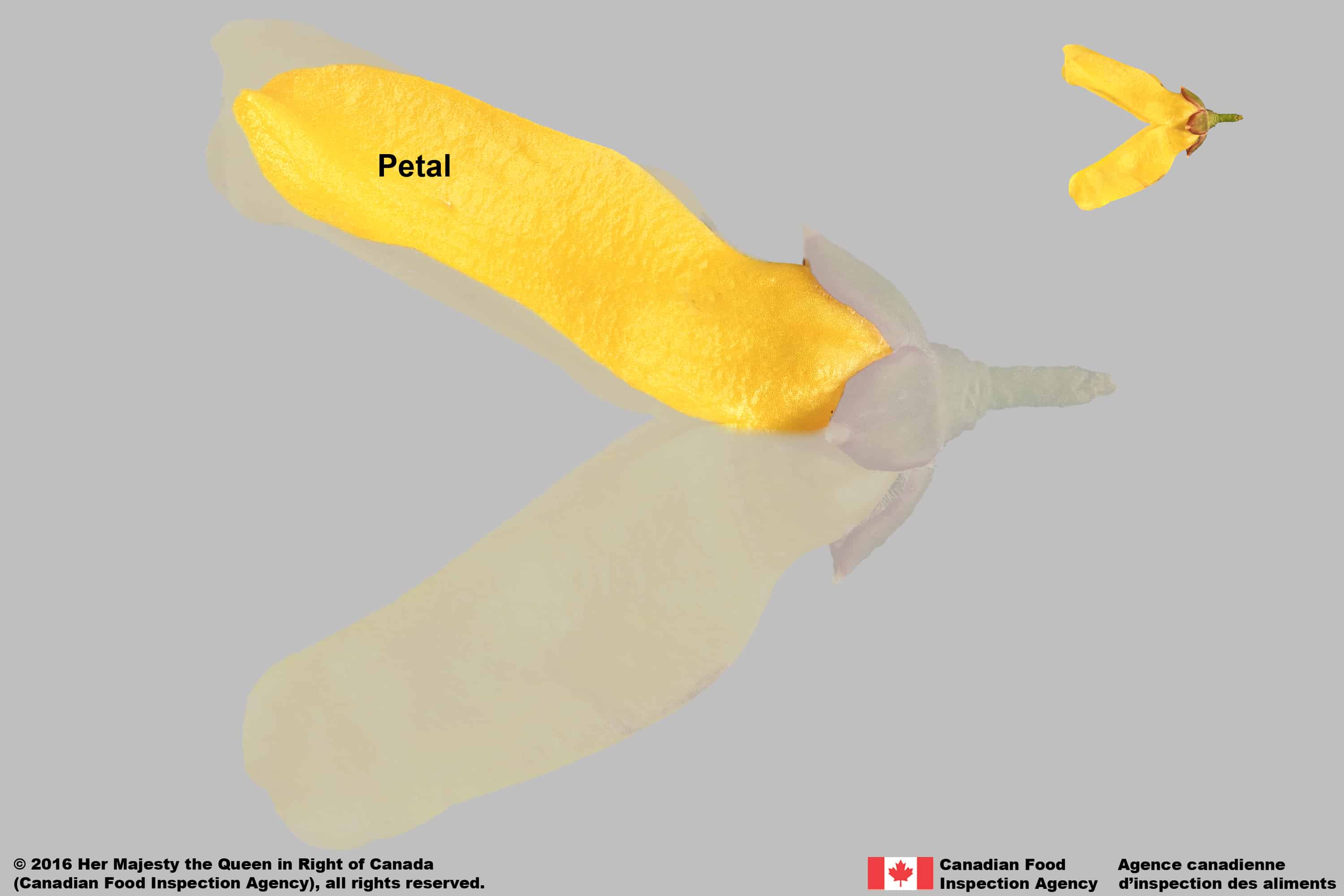Glossary
A
Achene:
A small, dry fruit that does not split open containing a single seed tightly enclosed by a thin wall
Annual:
A plant that completes its lifecycle, meaning its seed germinates producing a plant that flowers, bears fruit, and then dies, in one growing season.
Awn:
A slender bristle, often twisted and bent like an elbow, attached to glumes or lemmas in grasses (Poaceae).
B
Biennial:
A plant that completes its life cycle within two growing seasons. In the first season the seed germinates producing a plant that usually exists as a basal rosette throughout the winter (eg. Carduus nutans). The following growing season the rosette bolts, flowers, produces seeds, and then dies.
Bulbil:
A small bulb formed from modified leaves, often held within the inflorescence. A form of vegetative reproduction.
Bur:
Bracts or excrescences of the stem forming a generally spinous envelope around a seed or spikelet.
C
Callus:
A thickened area at the base of the floret in some grasses (Poaceae), with a distinctive scar or hairs.
Calyx:
Collective term for the sepals: the whorl of bracts on the outside of the flower that is usually green.
Capsule:
A dry fruit that splits on maturity and releases few to many seeds via slits, pores, teeth, or lids.
Caruncle:
An outgrowth of tissue near the hilum; aids in dispersal by insect vectors. An identification feature in the Spurge family (Euphorbiaceae).
Caryopsis:
Is a dry fruit of the Grass family (Poaceae), containing one seed that is fused to a thin seed coat.
Cotyledon:
The seed leaves, may be large and lend shape to the seed, such as in the Pea (Fabaceae) and Mustard (Brassicaceae) families.
D
Dioecious:
Having unisexual flowers on separate staminate (“male”) and pistillate (“female”) plants.
E
Embryo description:
Follow this link for descriptions of embryo shape, size and position within the seed: Embryo Description
Embryo:
-


Dock (Rumex sp.) seed in cross-section, endosperm (yellow) surrounding embryo (white)
The undeveloped plant generally enveloped by endosperm inside of the seed. The embryo may be small, or fill the seed completely. Follow this link for descriptions of embryo shape, size and position within the seed: Embryo Descriptions
The undeveloped plant generally enveloped by endosperm inside of the seed. The embryo may be small, or fill the seed completely. Follow this link for descriptions of embryo shape, size and position within the seed: Embryo Descriptions
Endosperm:
Tissue containing starch and oil that surrounds the embryo and provides nutrients for its development.
F
Floret:
Collective term for the grain or caryopsis enclosed by two bracts known as a lemma and a palea in the Grass family (Poaceae).
Fruit colour description:
Follow this link for descriptions of standard Fruit Colour and Colour Patterns (click to follow link)
Fruit shape description:
Follow this link for descriptions of common Fruit Shapes (click to follow link)
Fruit surface description:
Follow this link for descriptions of common Fruit Surface Features (click to follow link)
Fruit:
The mature ovary of a flower that encloses the seeds. May include accessory parts such as bracts or the perianth.
Funiculus:
The stalk that connects the developing seed to the fruit wall.
G
H
Hypanthium:
A partial fusion of the sepals, petals and stamens that form a cup-like or tubular structure on the ovary. Also known as a floral cup.
I
Inflorescence:
The collective term for the flowering parts of a plant and the stalk that supports them.
K
Keel:
A prominent ridge, often formed from folding of the lemma in the Grass family (Poaceae) and/or placement of a central nerve.
L
M
Mericarp:
A section of a dry fruit enclosing a seed that breaks away from the schizocarpic fruit at maturity. Seen in the Parsley (Apiaceae) family.
Monoecious:
Having unisexual flowers, i.e. staminate (“male”) and pistillate (“female”) flowers on the same plant. Also refers to the common status of bisexual flowers on the same plant.
Mucilaginous:
A sticky, colourless polysaccharide that is produced when seeds of certain species are wetted. This quality is often used to distinguish between species in the Brassicaceae.
N
Nutlet:
One-seeded dry fruit with a hard, dense shell.
O
P
Palea:
In grass species (Poaceae), it is the smaller of the two bracts that enclose the flower. The hairs or teeth around the margin are used for identification.
Pappus:
A tuft of bristles, hairs or scales attached to the top of fruits in the Aster family (Asteraceae) to aid in dispersal. A modified calyx.
Perennial:
A plant that renews its growth each year and completes its life cycle in more than 2 years. Flowering and fruit production usually occurs each growing season.
Perianth:
The collective term for the corolla (petals) and calyx (sepals), or tepals. May be persistent and enclose the mature fruit.
Perigynum:
A sac-like, inflated bract enclosing the achene in Sedge species (Carex spp., Cyperaceae).
Persistent:
Refers to a part of the seed or fruit that remains attached after the disseminule is dispersed (eg. the persistent perianth of Rumex spp. fruits)
Petal:
Thin, coloured and showy bracts of a flower to attract pollinators. Collectively termed the corolla.
Pistil:
A reproductive organ in a flower that contains the developing seed(s); composed of an ovary, style(s), and stigma(s).
R
Radicle:
The seed root; it may be distinct and lend shape to the seed, such as in the Mustard family (Brassicaceae).
Raphe:
A distinctive darkened and/or raised line on the surface of a seed; a portion of the funiculus that is fused to the seed wall. Seen primarily in the Spurge (Euphorbiaceae) and Loosestrife (Lythraceae) families.
Receptacle:
The tissue at the end of the flower stalk to which most or all floral parts are attached. In the Aster family (Asteraceae) individual flowers (florets) are attached to it.
Resin gland:
An area of a fruit that contains resin, can be a distinctive marking in members of the Aster family (Asteraceae).
S
SCALE TO SEED REFERENCE
-


- Each image includes a scale, most often in millimeters (mm), but occasionally in centimeters (cm) for larger seeds.
- The scale is unique to each image and has been formatted according to the magnification that the image was taken.
- The scale allows you to quickly determine the size of the seed, whether it be diameter, length, width, or thickness.
- If you have difficulty envisioning the scale in standard units, a user-friendly scale based on images of common crop seeds is available for referencing different sized seeds below.
-


- Each image includes a scale, most often in millimeters (mm), but occasionally in centimeters (cm) for larger seeds.
- The scale is unique to each image and has been formatted according to the magnification that the image was taken.
- The scale allows you to quickly determine the size of the seed, whether it be diameter, length, width, or thickness.
- If you have difficulty envisioning the scale in standard units, a user-friendly scale based on images of common crop seeds is available for referencing different sized seeds below.
- Each image includes a scale, most often in millimeters (mm), but occasionally in centimeters (cm) for larger seeds.
- The scale is unique to each image and has been formatted according to the magnification that the image was taken.
- The scale allows you to quickly determine the size of the seed, whether it be diameter, length, width, or thickness.
- If you have difficulty envisioning the scale in standard units, a user-friendly scale based on images of common crop seeds is available for referencing different sized seeds below.
Schizocarp:
A dry fruit that splits into two or more segments (mericarps), each containing one seed.
Seed colour description:
Follow this link for descriptions of standardized Seed Colour and Colour Patterns (click to follow link)
Seed shape description:
Follow this link for descriptions of common Seed Shapes (click to follow link)
Seed surface description:
Follow this link for descriptions of common Seed Surface Features (click to follow link)
Seed:
A fertilized mature ovule of a plant that is composed of: an embryo, nutritive tissue, and a seed coat.
Sepal:
Thick, usually green bract of the flower that provides protection and supports the petals. Reduced to scales in the Aster family (Asteraceae). Collectively termed the calyx.
Silicle:
Fruits of the Brassicaceae family that are less than three times the width. They split into two valves when mature with a thin partition between them. The seeds are attached around the rim of the partition.
Silique:
Fruits of the Brassicaceae family that are at least three times longer than wide. They split into two valves when mature with a thin partition between them. The seeds are attached around the rim of the partition.
Spikelet:
The inflorescence unit of the Grass family (Poaceae) composed of two basal glumes and one or more florets.
Stamen:
A reproductive organ in the flower that is composed of a stalk (filament) and an anther that produces pollen.
Style:
The stalk-like section connecting the ovary and the stigma of a pistil. It often persists on the top of the fruit and used in identification, especially in the Buttercup (Ranunculaceae) and Aster (Asteraceae) families.
T
Tepal:
A bract in a perianth composed of petals and sepals that look alike and cannot be differentiated.
U
Utricle:
A small, dry fruit containing a seed surrounded by a thin fruit wall that is typically inflated.
W
Whorl:
The arrangement of plant structures such as leaves and floral parts that encircle the stem at the attachment nodes.
Winter annual:
A plant that germinates in the fall or winter season and completes its life cycle in a year. It overwinters as a rosette which grows to produce flowers and fruits the next summer after which it dies.





